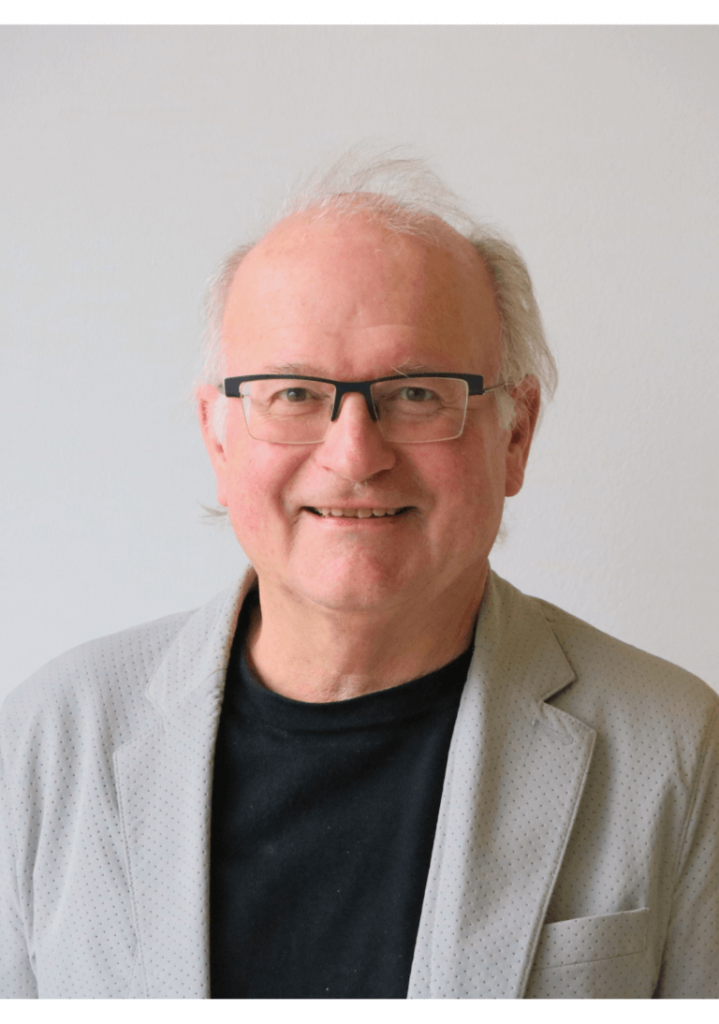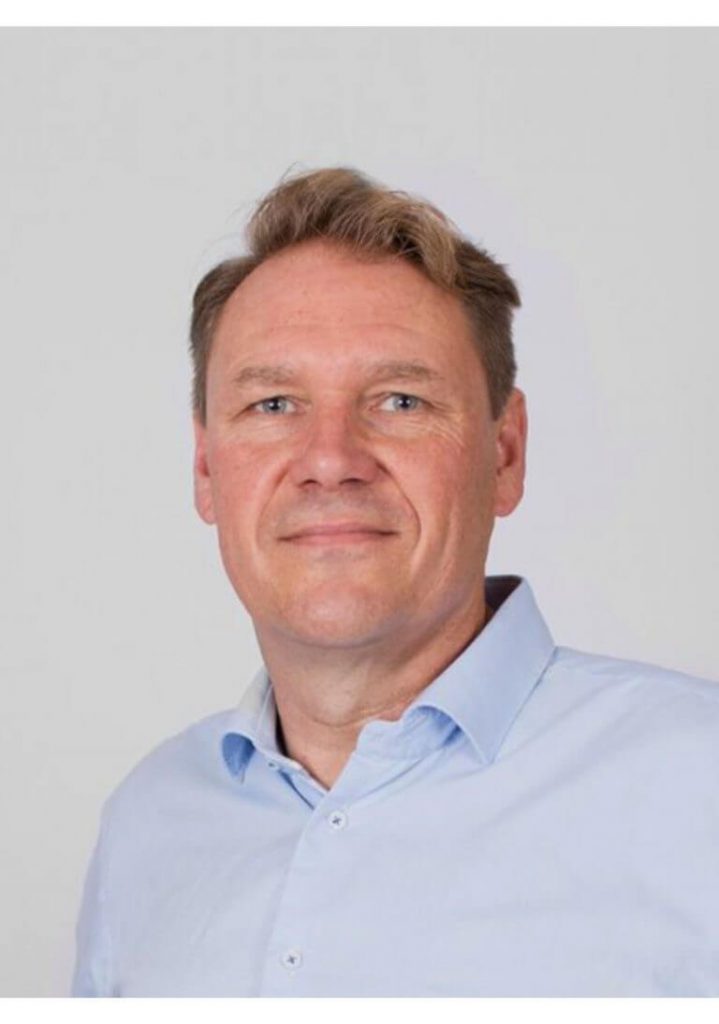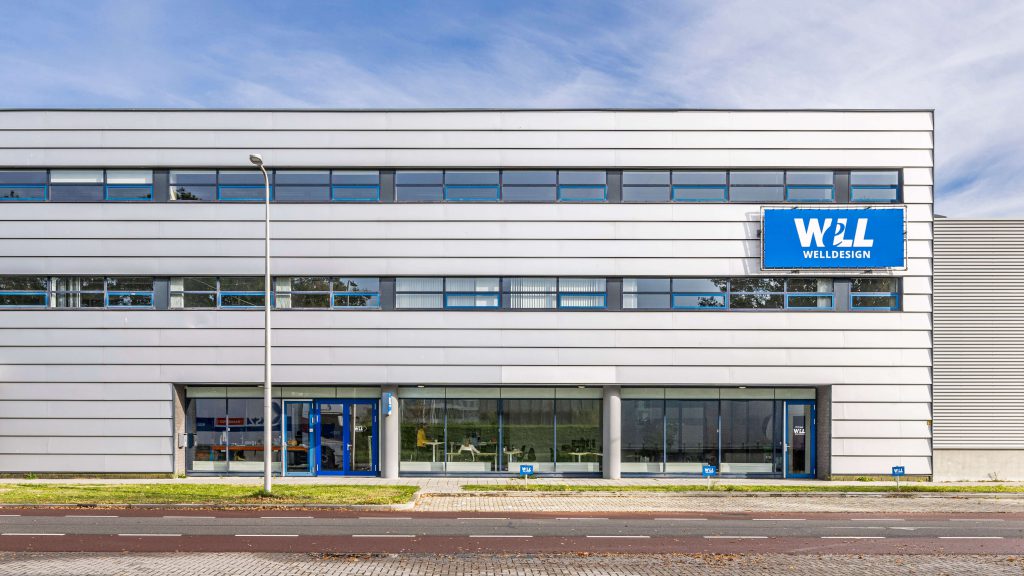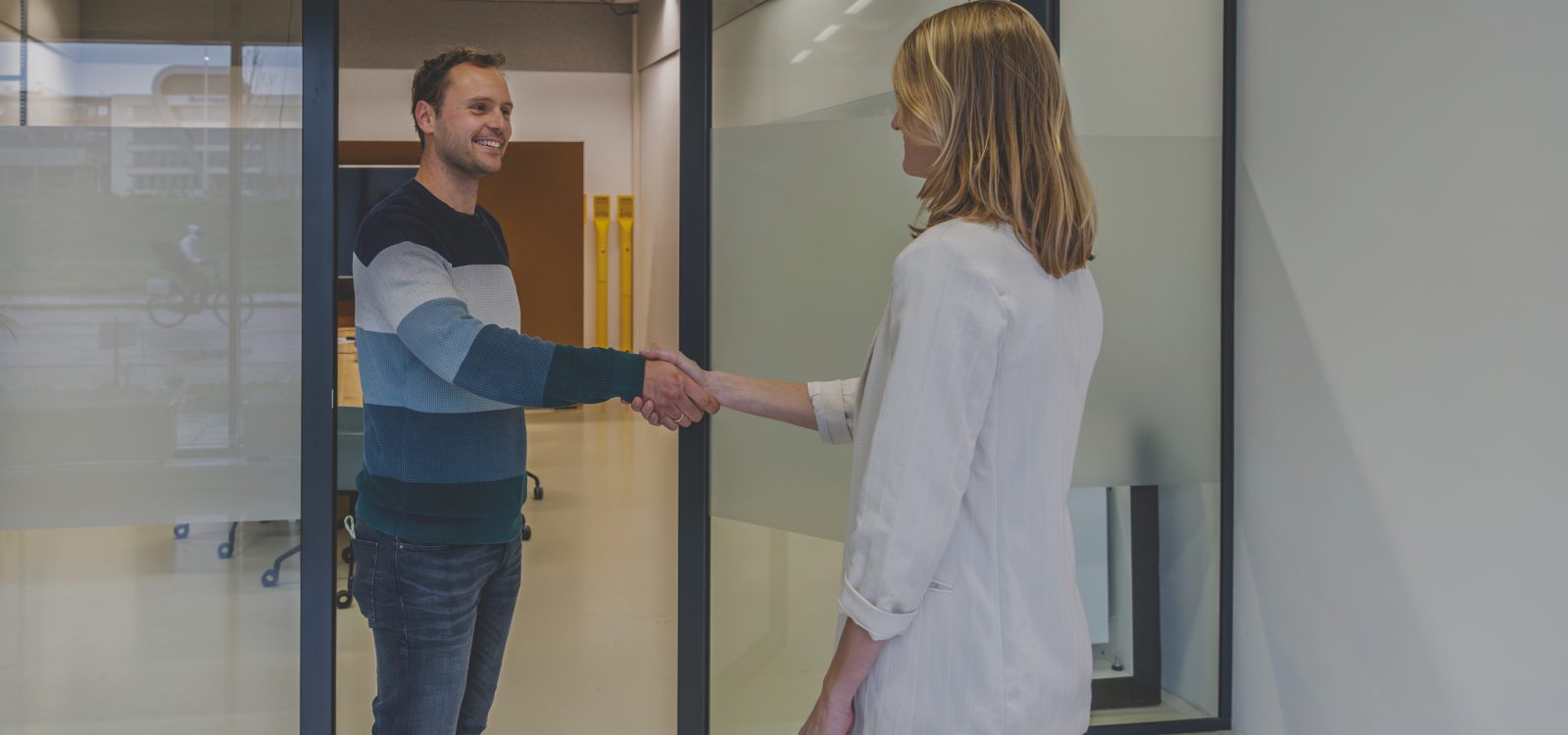Privacybeleid website WeLLDesign
Wij respecteren de privacy van onze websitebezoekers en in het bijzonder die van bezoekers die via het aanvraagformulier op onze website hun gegevens verstrekken. Voor volledige transparantie hebben wij dit privacybeleid geformuleerd en geïmplementeerd, in overeenstemming met de Algemene verordening gegevensbescherming (AVG).
Met het verstrekken van gegevens via onze website geef je te kennen dat je interesse hebt om ons voor een project in te zetten en geef je toestemming om je gegevens te gebruiken om je hierover te informeren. De verstrekte gegevens gebruiken we uitsluitend om via mail en telefonisch contact op te nemen om de mogelijkheden om WeLLDesign voor je project in te zetten, met je door te spreken. Daarnaast kun je op het formulier aangeven of je onze nieuwsbrief wil ontvangen. Die verschijnt periodiek, maximaal vier keer per jaar. Onderaan elke nieuwsbrief kun je je – als je dat wenst – uitschrijven.
Voor het onderhoud van onze website werken we met een leverancier. Deze is ter goeder trouw en werkt conform de AVG-wetgeving. We leveren geen data aan derden.
We bewaren je gegevens in een digitale database van de website, en/of van het programma dat de nieuwsbrief verstuurt en een back-up versie voor gebruik door onszelf. WeLLDesign gebruikt de gegevens om bovenstaande doelen te realiseren, bewaart deze niet langer dan strikt noodzakelijk en houdt zich aan de wettelijke bewaartermijn(en).
Databases en computers worden middels beveiligingsupdates, wachtwoorden en versleuteling van de harde schijf beveiligd.
Disclaimer
Deze disclaimer is van toepassing op de website www.welldesign.com. De teksten en foto’s van deze website zijn zelf geproduceerd – tenzij anders vermeld – en daar rust dus auteursrecht op. De informatie op deze website is uitsluitend bedoeld als algemene informatie. Er kunnen geen rechten aan worden ontleend. Uiteraard nemen we alle zorgvuldigheid in acht bij het samenstellen en onderhouden van deze website en we maken daarbij gebruik van bronnen die we betrouwbaar achten. WeLLDesign kan de juistheid, volledigheid en actualiteit van de geboden informatie niet garanderen.
Cookieverklaring
De cookies die we gebruiken beperken zich tot cookies die nodig zijn voor het functioneren van de website en analytische cookies die ons inzage geven in het bezoek aan onze website (bezoekersaantallen, populaire pagina’s en onderwerpen). We kunnen niet zien wie onze website bezoekt of vanaf welke pc het bezoek plaatsvindt.
